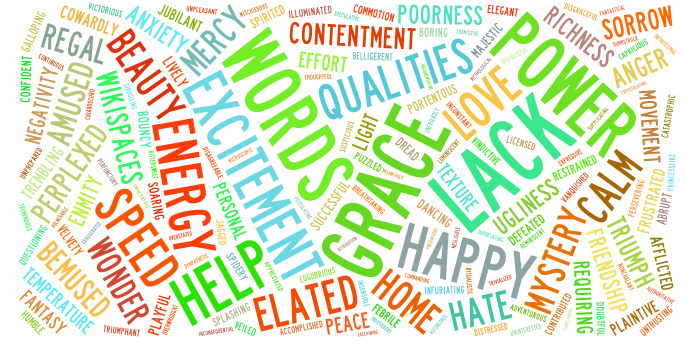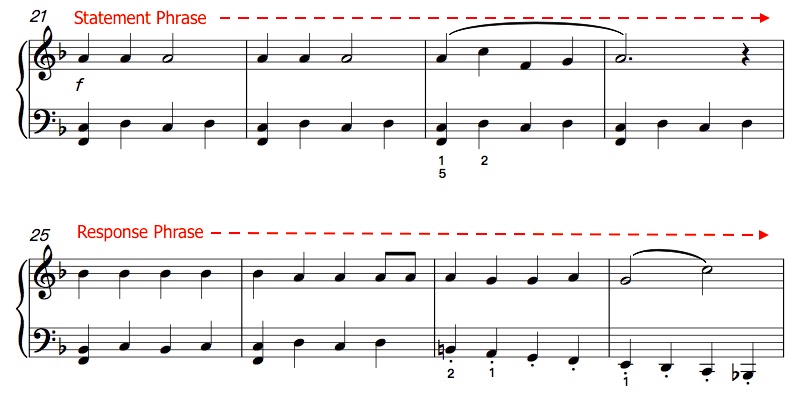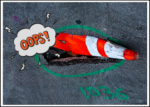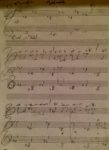6 Beginner Piano Improv Exercises to Improve Self-Expression

Improvisation is an important form of self-expression at the piano. Yet, improv at the beginner stages is tricky. It’s tricky not because there aren’t enough options. It’s tricky because there are too many options.
Stravinsky once wrote, “The more constraints one imposes, the more one frees oneself of the chains that shackle the spirit.” In other words, by decreasing the number of choices we have, we are freer to express ourselves because we don’t have as many options to sift through.
In this post Julian Harnish of Find Your Melody and Gail Fischler of this here blog share six beginner improv exercises (plus a bonus activity) that will help you improve your self-expression at the piano. These exercises should give you just the right frames to help play expressively without feeling overwhelmed by options. They will be helpful to a beginner and teacher of a beginner alike.
Exercise 1: Black Key River (Early Beginner)
Start with the D♭ above middle C. Using the second finger of your right hand, play black notes going up the piano. The notes can double back and at times you can skip some, but eventually you should make it to the highest black key.
Now try the exercise again, but imagine that you meet or see the following on the river.
- A giant tree
- A pasture
- Rocks that rock your boat
- A waterfall
To create the scene, you may need to play multiple notes at once, speed up or slow down your playing, etc.
WHY IT REINFORCES SELF-EXPRESSION
The black keys form a pentatonic scale. The pentatonic scale has only consonant intervals between notes, so beginners won’t be surprised by unwanted dissonances. Instead, they are free to let their imagination run wild. (Julian)
Exercise 2: C-Major Adventure (Mid-Beginner)
Pick a chord, in our case C Major. Now range through 4-5 emotions while only playing notes of that chord. You can play any combination of notes of the C Major chord anywhere on the keyboard at any time, but try to express each emotion for 15 seconds or more.
For example, try to emulate the following emotions:
- Peaceful
- Excited
- Triumphant
- Content
Things to play around with:
- What happens if you play notes one at a time?
- What happens when you add pedal? Play staccato?
- What happens when you play notes higher? What happens when you play the notes lower?
- What sounds do you get when you play many notes at the same time?
WHY IT REINFORCES SELF-EXPRESSION
Music has the power to evoke emotional responses. Pianists are expected to emulate emotion filled words such as “dolce,” “agitato,” and “cantabile.” By focusing on emulating an emotion with just the notes of one chord, they won’t get bogged down with other aspects of playing a piece such as reading the notes off the page, using correct fingering, etc. (Julian)
Exercise 3: Exploring the Modes (Late Beginner)
Modes are like scales, but they create distinct moods. The E Phrygian scale and F Lydian modes are both made up of just white keys. (If you aren’t familiar with modes yet, that’s ok, you can still complete this exercise).
Exploring E Phrygian
In the left hand play the notes below.

Now place your 1st through 5th fingers on the E F G A and B above middle C in your RH.
To start out play one note in your RH at a time. Only play E F G A or B. Play each note no faster than one note per beat. As you get the hang of it, you can expand to more notes. Especially explore playing E and F. They are a half step apart and give the mode it’s characteristically eerie mood.
Some tips:
- Every time you repeat to the beginning you may want to land on an E in your RH.
- For the first two measures play RH notes mostly from the E minor chord (E G B).
- For the second two measures play more notes from the F major chord (F A C)
Exploring F Lydian
The Lydian exercise is the same except both hands move up one white key. Here, explore playing B in your RH because that note gives Lydian its quirky flair.

WHY IT REINFORCES SELF-EXPRESSION
If a beginner has already worked with improv, the modes add more colors to their pallet. It also encourages beginners to look beyond major and minor and develop something that resonates more uniquely with their tastes. (Julian)
🎵 Want some inspiration for being expressive when you improvise your own music and play pieces by others? Check out The Musical Adjectives Pages in the top bar of this blog and jumpstart your expressive creativity.
Exercise 4: Phrase Change-ups 1 (Beginner)
Take a piece you know or one you are learning. Choose one phrase (musical sentence). I like to choose mine from someplace in the middle of the piece. (If your piece is really short you might want to do this with only 1 or 2 measures rather than an entire 4 bar phrase) Now, improv by changing only 1 or 2 notes in the melody of that section. How does it change the character? Play it several times in several ways but never change more than 2 notes.

When you are comfortable spontaneously changing 2 notes and the music flows freely, choose one or 2 more phrases and do the same thing. Comfortable? Now, try changing a few more notes. Remember, your goal is to create something that is logical within the rest of the piece. If you change too many notes, your improv will sound random and awkward.
WHY IT REINFORCES SELF-EXPRESSION
Being able to change 1 or 2 notes on the fly means that you are truly comfortable with the music. It also means that if you are playing and something unplanned happens, you have the skill to keep the musical thoughts flowing without a break. In order to get to the expression, we need to be past all the notes and the counting- you know, the nitty-gritty details. Knowing what the music isn’t helps us understand what it is. (Gail)
Exercise 5: Phrase Change-ups 2 (Mid to Late Beginner)
Using a piece you know or are learning, look at the phrases and play each one. You will probably notice that there are pairs of phrases where the first is a statement and the second some type of response to it. The most common phrase length is 4 bars. Here’s an example from the song, Jingle Bells.

Sometimes, composers love to surprise us by using an odd number of bars in each phrase, different length bars for each phrase in a pair, and sometimes even a group of 3 phrases rather than a pair.
Use your ear and your eyes to decide where the phrases in your chosen piece end. Are they statements? Questions? Unfinished thoughts?
Choose a section of your piece and change up a response phrase only. You can do this 2 ways: 1) Keep the beginning of the phrase and change only the last part of it. 2) Change the start of the phrase and keep the ending as is.
Now, change the statement phrase only. You can do this with the same section or choose a new one. Once you can do this with one statement and response find another place to be creative and do the same thing.
WHY IT REINFORCES SELF-EXPRESSION
Knowing how music is put together helps you to truly be in charge. Rather than just reacting you are actively creating. When you are in charge, you can make expressive decisions as you play whether the piece was written by someone else or it is all your own. Changing only the beginning or end of responses and statements keeps the music from going into that dreaded random/awkward territory. (Gail)
Exercise 6: Rhythm Madness (Mid-Late Beginner)
Start with Exercise 4, but instead of changing the pitches of the melody notes, change up their rhythm. you can change 2 quarter notes to a half note, a quarter to 2 eighths, a half note to a quarter note plus a rest, or ??? Just make sure that each measure has just enough beats – definitely not too many!
When you are comfortable, improvise rhythmically using the directions in Exercise 5. Remember, don’t change too many rhythms or you will have created a whole new piece rather than an improvisation.
WHY IT REINFORCES SELF-EXPRESSION
Rhythm is a separate component from melody. The two work hand-in-hand to express character and emotion in music. Learning to manipulate rhythm as well as melody gives you greater freedom and many more creative improvisational choices. (Gail)
BONUS LEVEL: Extreme Rhythm Madness (Mid-Late Beginner)
Use the rhythm only function in Sight Reading Factory or other sight reading app but instead of tapping or clapping the rhythms back, improvise a melody using the given rhythm. In the SRF settings, I like to choose one or two measures only at first. When comfortable, you can do 4 bars or even 8. I also like to do this exercise at least one SRF level below a student’s current note reading level. Use the guidelines in Exercises 1, 2, or 3 to help stay structured and focused.

WHY IT REINFORCES SELF-EXPRESSION
Using someone else’s rhythm as structure for your melody strengthens your sense of the number of beats per bar and also where the strong and weaker beats lie. For example: In 4 beats per measure the classical pattern is STRONG – weak – strong – weak with 1 being the very strongest. When you play jazz, the second beat is often the strongest. As you become more aware of beat structure and where the weaker beats are your playing becomes more artistic and expressive.


